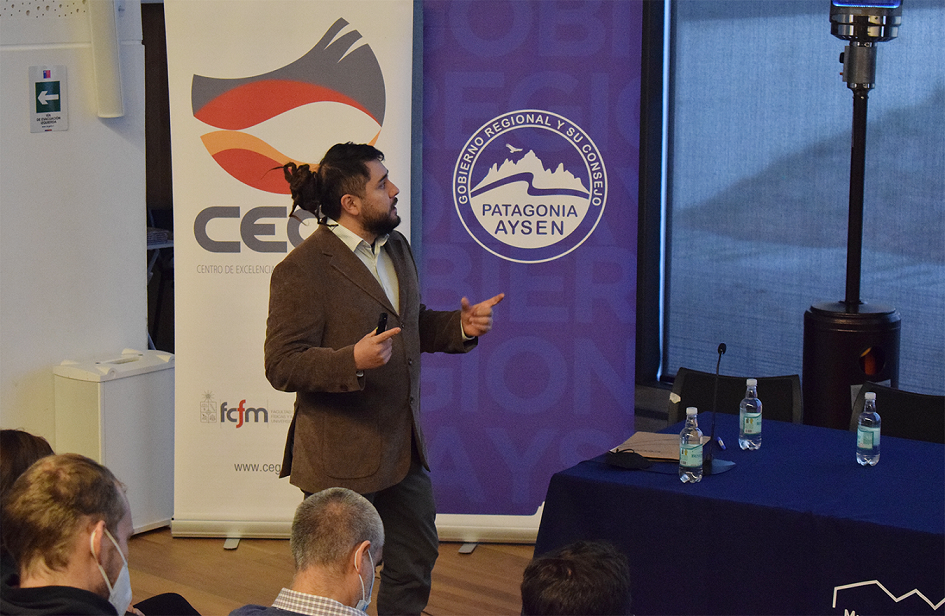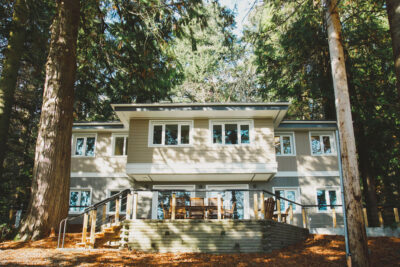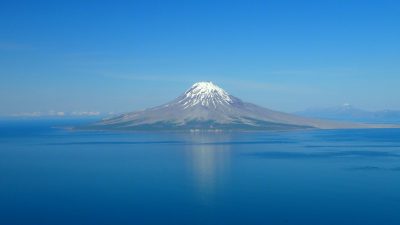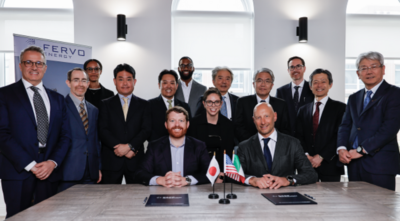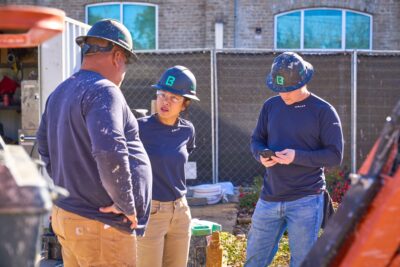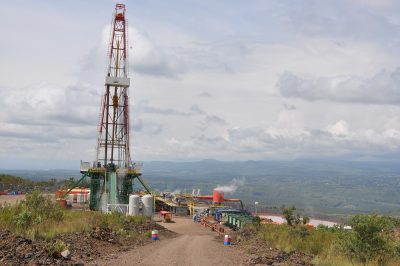CEGA confirms feasibility of Puyuhuapi geothermal project, Chile
A feasibility study done by CEGA on Puyuhuapi, Chile supports the proposal of building a geothermal cogeneration plant.
At a recent activity held at the Regional Museum of Aysen in Chile, the Center of Excellence in Geothermal Energy of the Andes (CEGA) presented the results of the project “Feasibility of geothermal cogeneration in Puyuhuapi.” Based on these results, a conclusion was reached that the construction of a geothermal cogeneration plant in the village of Puyuhuapi in the commune of Cisnes is feasible from social, economic, technical, and legal perspectives.
As noted by CEGA researcher and project coordinator Nicolas Perez, the thermal water in the area can reach between 120 to 150 degrees Celsius in depth. This is enough to support a 0.3 to 1 MW cogeneration facility. The waste heat from the plant can then be used for other applications including district heating, greenhouses, and spas.
The feasibility study was carried out by CEGA with financial support from the Fund for Innovation and Competitiveness (FIC) of the Regional Government of Aysen. Various geological and geophysical studies were carried out, as well as a survey of the energy needs of the locals. an evaluation of the different economic scenarios, and a review of the legal procedures needed to carry out a project of this nature. The study was carried out over two years, from 2020 to 2022. This study had been previously mentioned in an interview with CEGA Director Diego Morata.
The Ministerial Regional Secretary (Seremi) of Energy of Aysen Carlos Diaz emphasized that “geothermal energy is a very attractive technology, which we undoubtedly have to analyze. It can be complementary to other sources of generation, such as wind or hydroelectric. The benefit of geothermal energy with respect to these other sources is that, in addition to electricity generation, it has an important thermal contribution that could be used to replace wood heating in Puyuhuapi through district heating.”
“Places like the Aysén Fjord, Puyuhuapi and General Carrera Lake are some of the localities with the greatest presence of the resource. For the same reason, we know that it is a fertile ground when projecting the inclusion of clean, sustainable and cost-efficient energy such as geothermal energy,” explained CEGA Director Diego Morata.
Community engagement
The active participation of the people of Puyuhuapi was a key component of the work done by CEGA over the two years of the study. Prior to the presentation of the study results, the CEGA team had already been in the town to engage with the locals. The results and future plans were communicated to the residents, and their impressions and desires were also noted.
The Mayor of Cisnes, Francisco Roncagliolo, said that “we are very happy as a commune that this project has been developed in Puyuhuapi with the participation of the community and different local actors. This project means a viable alternative and we have the necessary features in the area to do so.”
CEGA researcher Sofia Vargas noted that “the locality intends for this project to be carried out because it is seen as an opportunity to improve the quality of life. It is also necessary to consider that it is a small plant, which would generate little impact on the territory and landscape. This motivation is like a seed, which must be cultivated and germinated so that the project can be carried out, considering the social variables.”
Next steps
The Seremi of Environment of Aysen, Julian Cardenas, remarked that this project would make it possible to diversify the energy matrix of the region and would help decontaminate the different towns in the area.
“It would allow us to have clean energy, produced by a renewable source, unconventional, but that is highly clean and profitable, since it does not demand the burning of fossil fuels, but uses the temperature of our planet to obtain a high amount of electrical energy,” said Cardenas.
The Regional Government of Aysen was also present at the activity through its deputy governor, Oscar del Solar, who said that “this FIC will help us to develop future initiatives. This allows us to have knowledge, databases and data to develop this work, which is very consistent with what happens on the planet with renewable energies and climate change.”
Nicolas Perez emphasized the need to hold a working table to generate the basic guidelines for the geothermal cogeneration plant in Puyuhuapi to be a reality.
“This would be the southernmost geothermal plant in the world, which would also position the Aysen Region as a tourist attraction. There are other areas in the region that we must continue to investigate, such as the Puerto Perez hot springs. This calls us to continue investigating this information and deepen our knowledge, so that in the near future geothermal energy is a reality in Aysen and becomes the geothermal region of Chile, “said the project coordinator.
The Roadmap delivered to the Regional Government of Aysen incorporates the steps, responsibilities, technical and social knowledge that the authorities and private organizations must have when promoting a project of these characteristics, respecting technical, social, environmental and legal variables.
The following are links to documents and other files related to this study:
Source: CEGA
